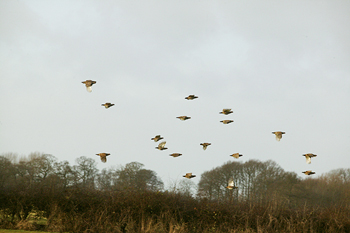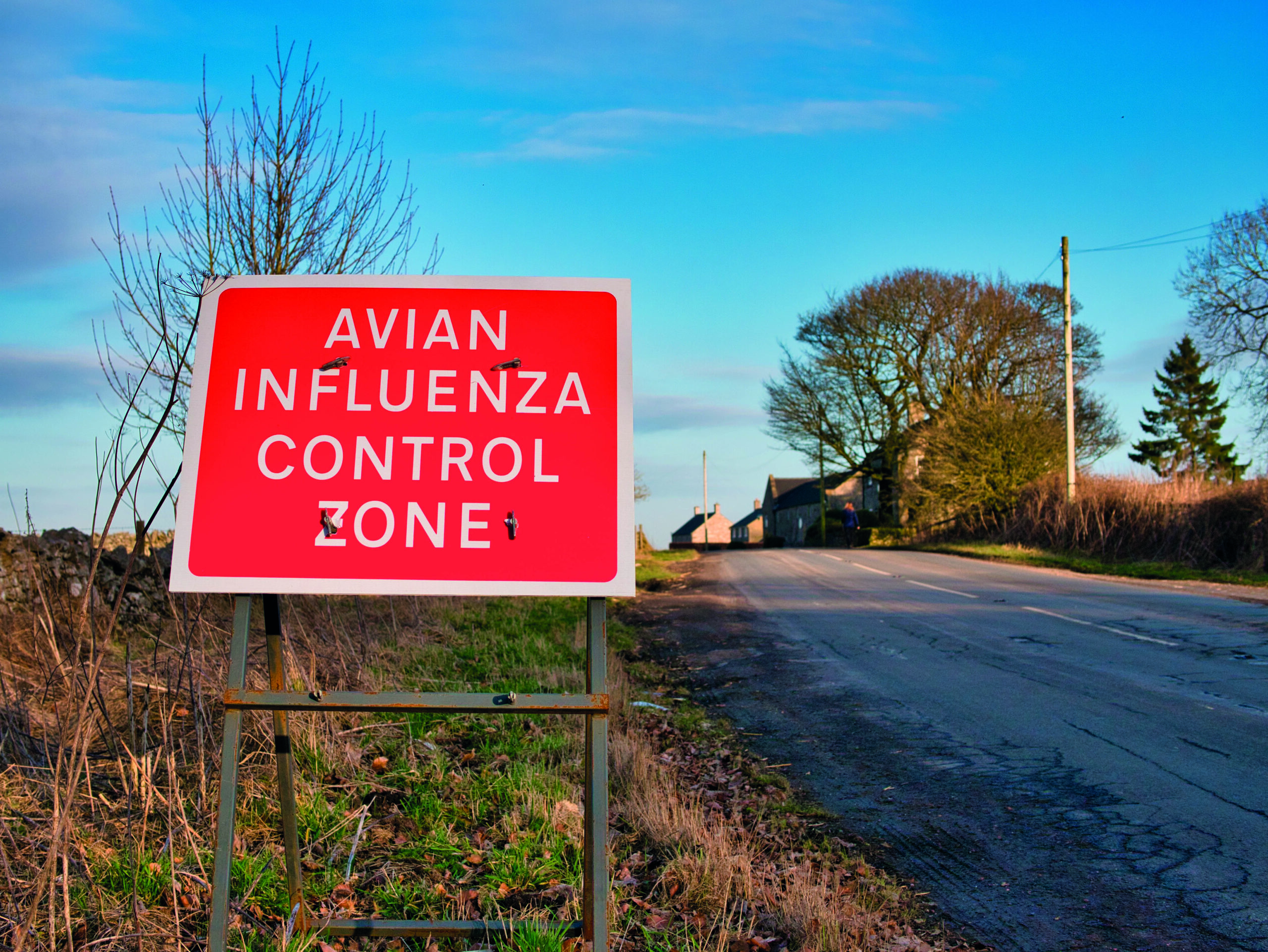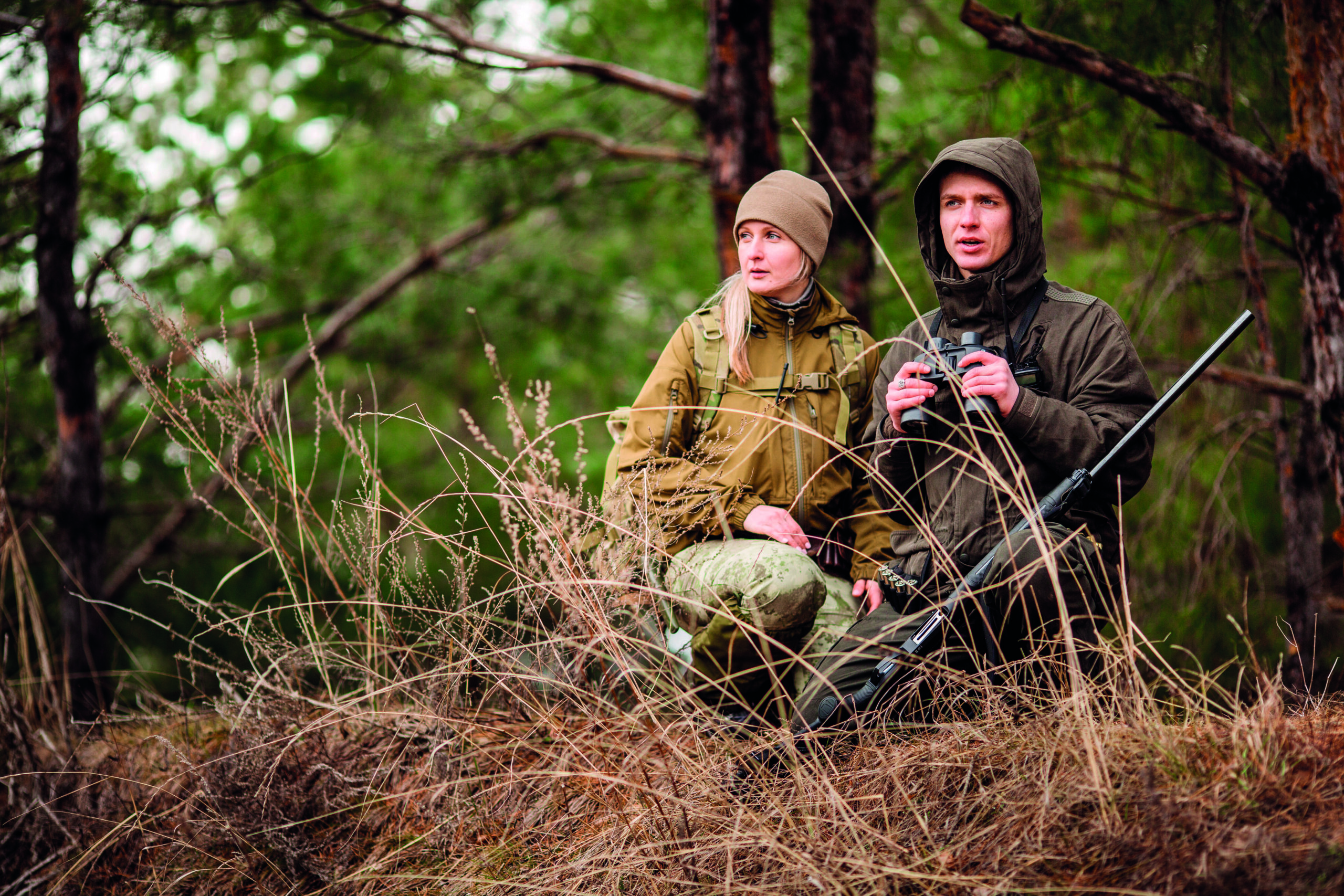English countryside loses one species every fortnight

Shooting UK.
Recent research by Oxford University scientists has found that one species is dying out in the English countryside every fortnight.
Ecologist Clive Hambler used natural history records to gauge extinction rates among well-studied groups such as birds, fungi and flies since 1800.
This showed that, regardless of the plant, animal or insect group being studied, between one and five per cent of species have been wiped out in the past 200 years.
Pollution, intensive agriculture, housing development and climate change are wiping out about 25 species every year, which is 10 times more than previously thought.
The list of organisms ranges from mammals such as the northern right whale, to species of beetle and butterfly.
Birds no longer found in England include the great auk, last seen in the 1820s, the wryneck and the red-backed shrike.
Scientists concluded that extinction rates in larger animals are likely to be found among lesser-studied wildlife, such as worms and mites, because the factors that have wiped out birds, for instance, are also harmful to other creatures.
With the rate of extinction showing no sign of slowing down, researchers are stressing the urgent need to save endangered species.
Mr Hambler said: ?Biodiversity loss is arguably much more serious and more permanent than climate change. These losses will impact on human welfare and I?d say conservation needs a profile and resources even bigger than climate change.?








